Re-Piping 101
When it comes to homeownership, we face a vast array of tasks and responsibilities. Amid all the designing, decorating, and everyday maintenance, repiping plumbing may not initially surface as a subject of importance. Indeed, it's far from the glamorous sides of home renovation we often see spotlighted on TV shows or social media. Nevertheless, it's an aspect that carries immense weight when it comes to preserving your property's integrity, functionality, and longevity.
The need for repiping can emerge from a multitude of factors – the age of the house, deteriorating materials, or simply persistent plumbing issues. The requirement for such a significant undertaking can be daunting for homeowners, often igniting concerns about cost, time, and inconvenience. Furthermore, its under-the-surface nature means that its necessity can often go unnoticed until problems become more severe, impacting not just the house's structural integrity but also your living comfort and home value.
At Gainsville Mechanical, we strive to alleviate these concerns by demystifying the repiping process. We believe that when homeowners are equipped with a comprehensive understanding of what they're dealing with, it becomes easier to navigate the situation, mitigate issues promptly, and make decisions that best suit their needs. Therefore, we aim to provide clear, reliable information to our clients, ensuring they're not just passive service recipients, but informed participants in a process crucial to their home's wellbeing.
What is Repiping a Home?
What is repiping a home exactly? Simply put, replace your house's old, deteriorated pipes with new ones. This process can become necessary for several reasons, such as aging infrastructure, recurrent leaks, low water pressure, or contaminated water. Learn more about our services at Gainsville Mechanical.
Repiping is not a do-it-yourself project; it requires experienced professionals. It involves careful inspection of the existing pipes, detailed planning, removal of old pipes, and installation of new ones.
Why Should You Consider Repiping Plumbing?
Considering repiping plumbing for your home is a significant decision in terms of investment and the impact on your daily life during the process. So, why should you consider it?
If your home's plumbing is over 50 years old, you may start experiencing recurrent issues. Old pipes can cause leaks, water damage, low pressure, or discolored water. All these are tell-tale signs that your home could benefit from repiping. Remember, patchwork repairs can only provide temporary relief.
What Does the Process of Plumbing Repiping Entail?
When discussing plumbing repiping, it's important to understand that it's not just about replacing old pipes. It's about upgrading your home's entire water supply system. The process typically involves an initial assessment to determine the scope of work, followed by carefully removing the old pipes and installing new ones.
Our team at Gainsville Mechanical ensures minimal disruption to your daily life during the process. We use modern tools and techniques to complete the work efficiently. We'll leave your home clean and tidy at the end of each workday. Learn more about choosing the best plumber for your home repair work.
How Can Gainsville Mechanical 's Energy Solutions Help with My House Plumbing?
When you think about “my house plumbing,” you want nothing but the best. At Gainsville Mechanical, we're committed to delivering top-notch service to all our clients. We don't just replace your pipes; we provide a complete plumbing solution tailored to your needs.
Our team comprises licensed and insured plumbers who have extensive experience in repiping. We understand that each home is unique, so we approach each project with dedication and a fresh perspective to excellent customer service. Call us for questions or to schedule an appointment.
Final Thoughts
Repiping your home is an investment in your property's longevity and peace of mind. At Gainsville Mechanical, we believe in delivering nothing short of the best for your home's plumbing needs. We ensure that your repiping project is completed with the utmost professionalism and attention to detail, restoring your home's plumbing system to its peak condition. Remember, good plumbing isn't a luxury; it's a necessity
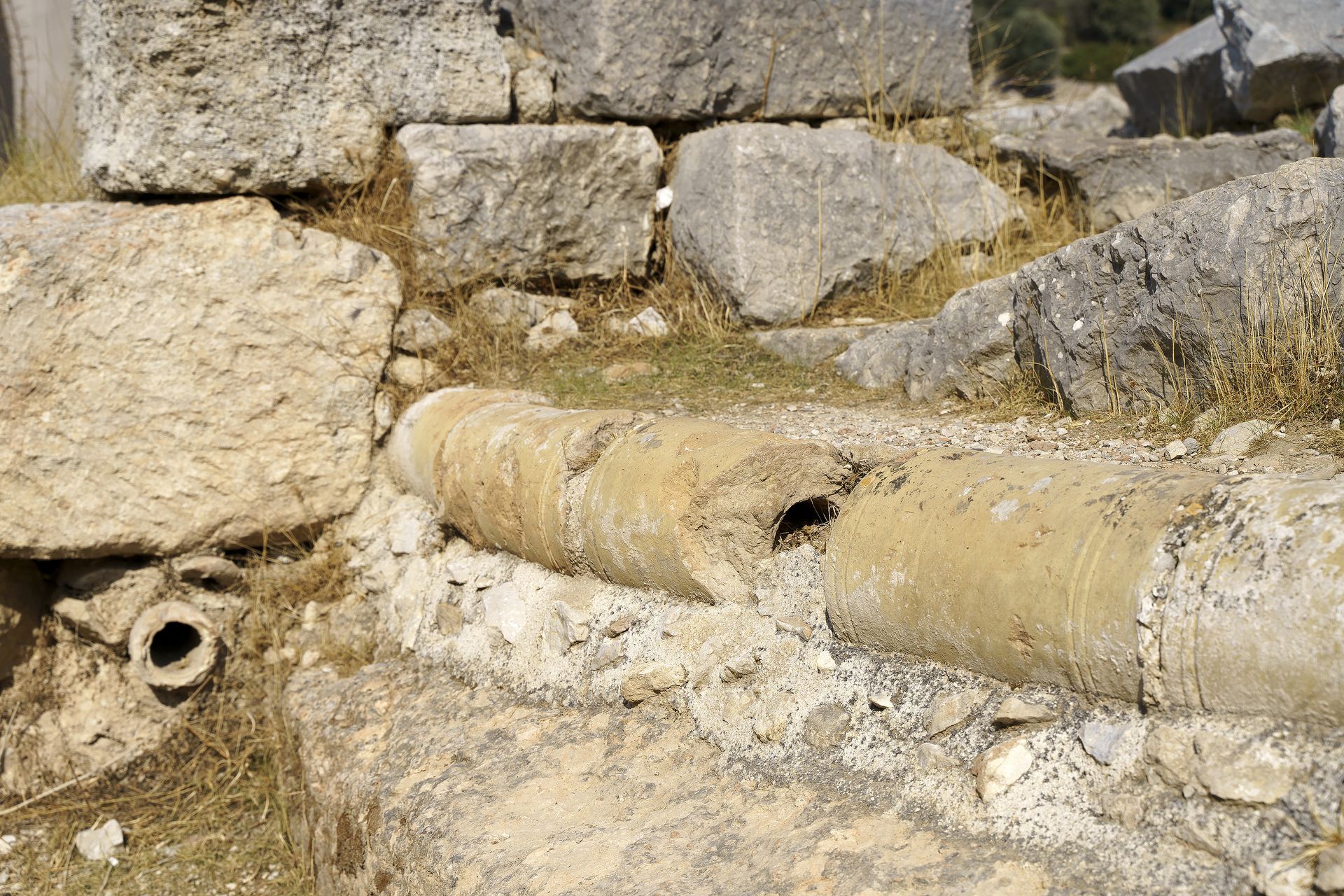
Servicing the Southeast
and Surrounding Areas
Share On:
Phone Number
All Rights Reserved | Privacy Policy
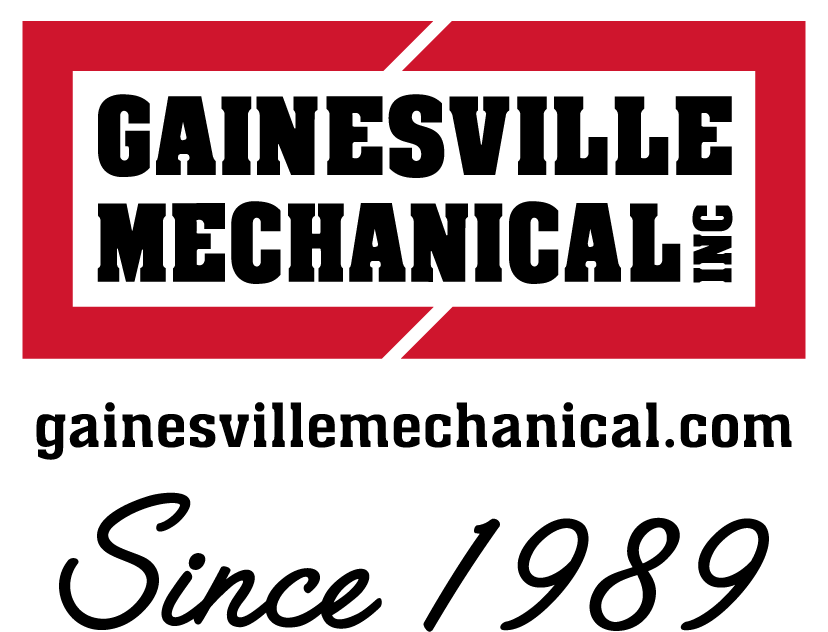

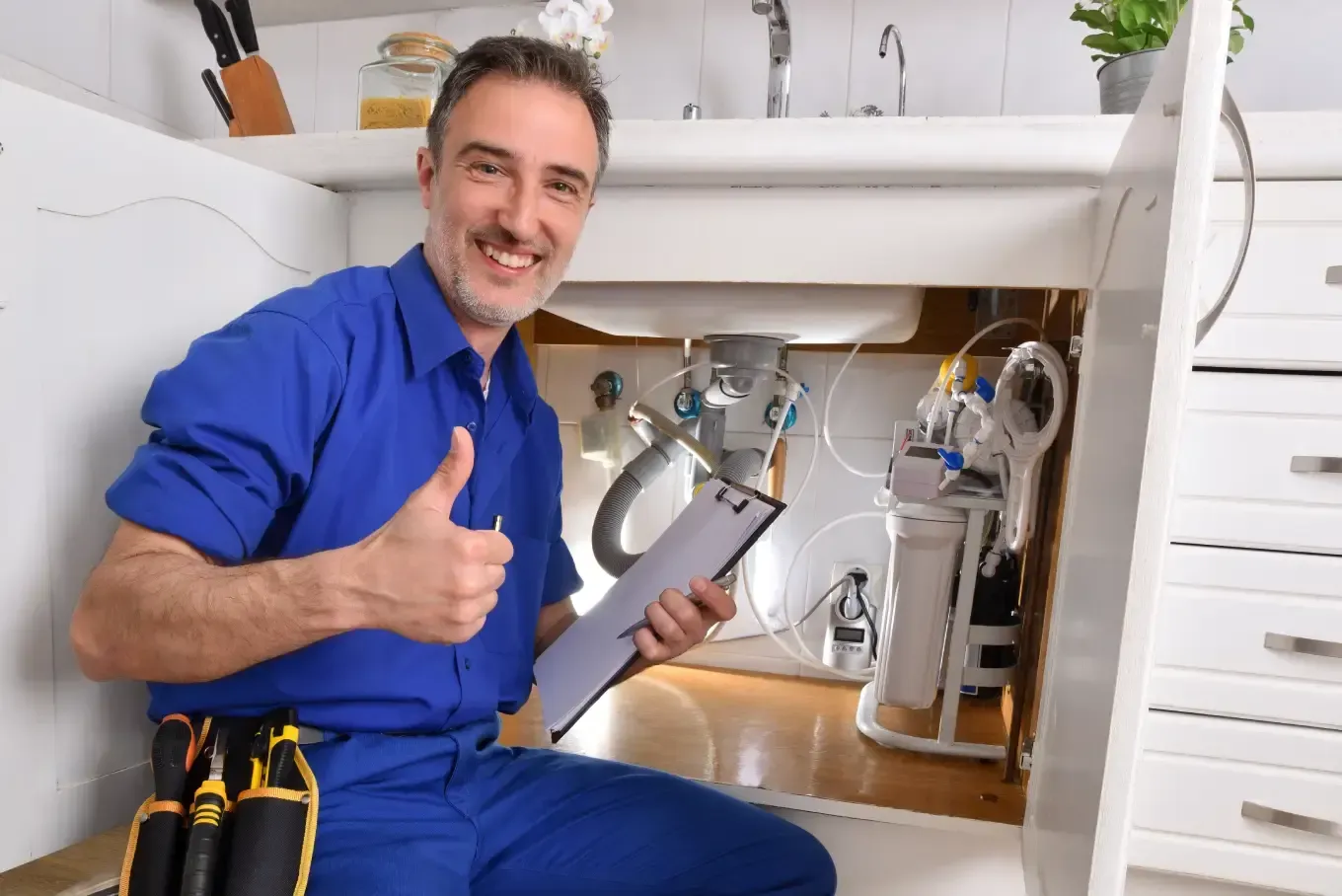
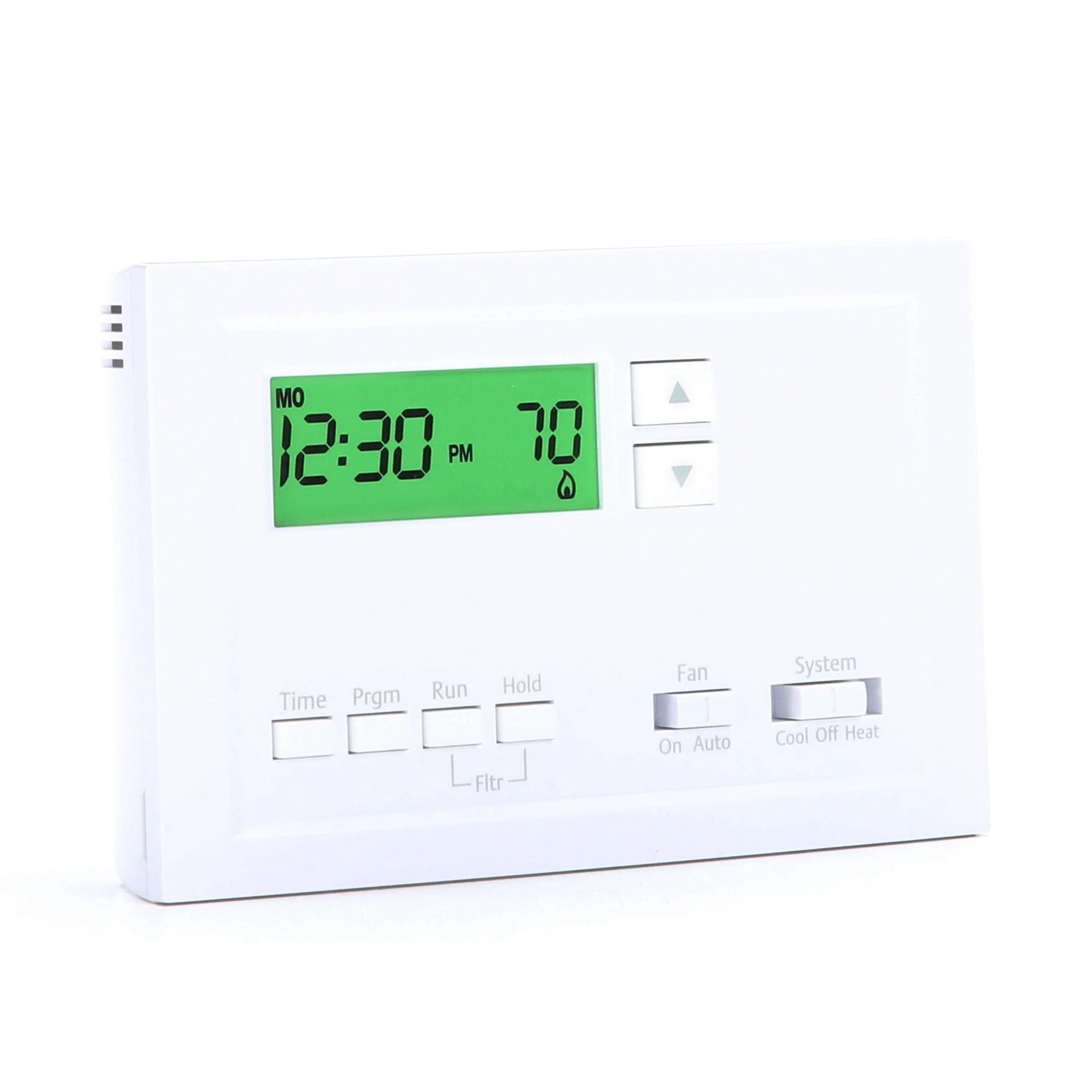
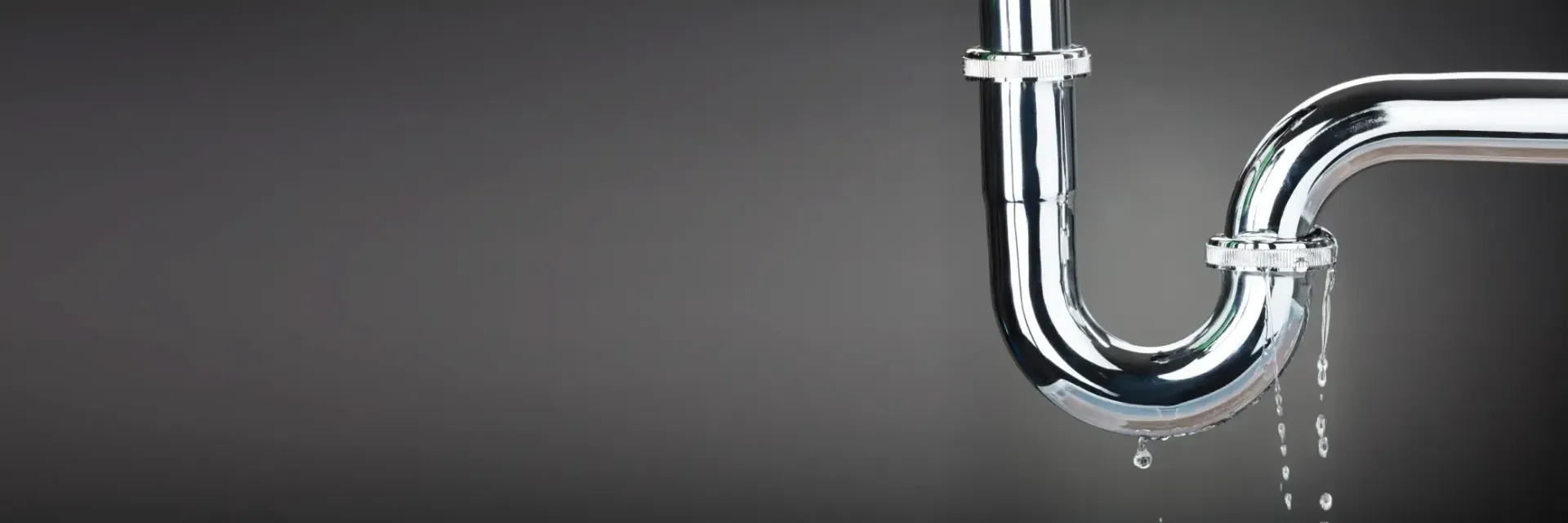
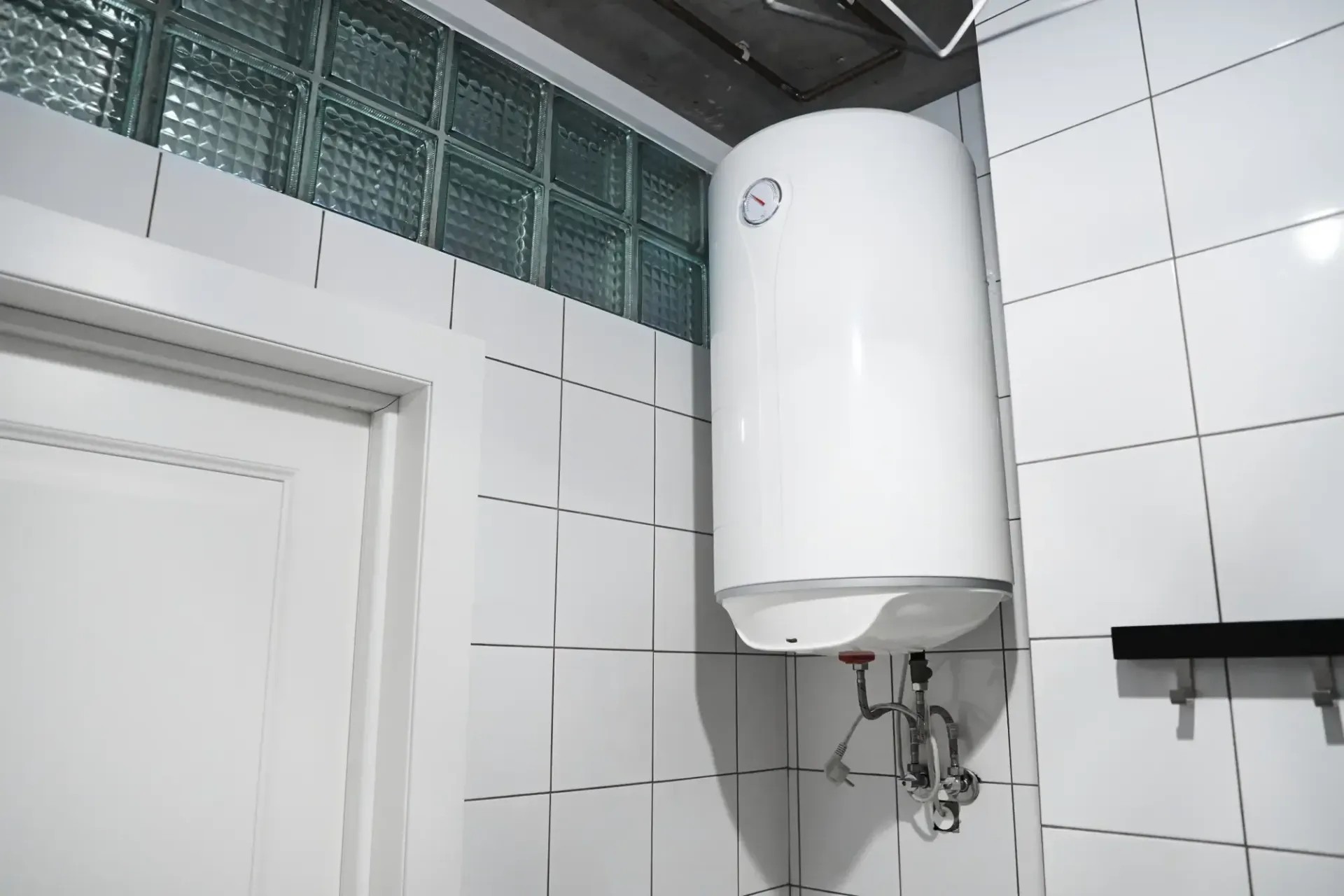
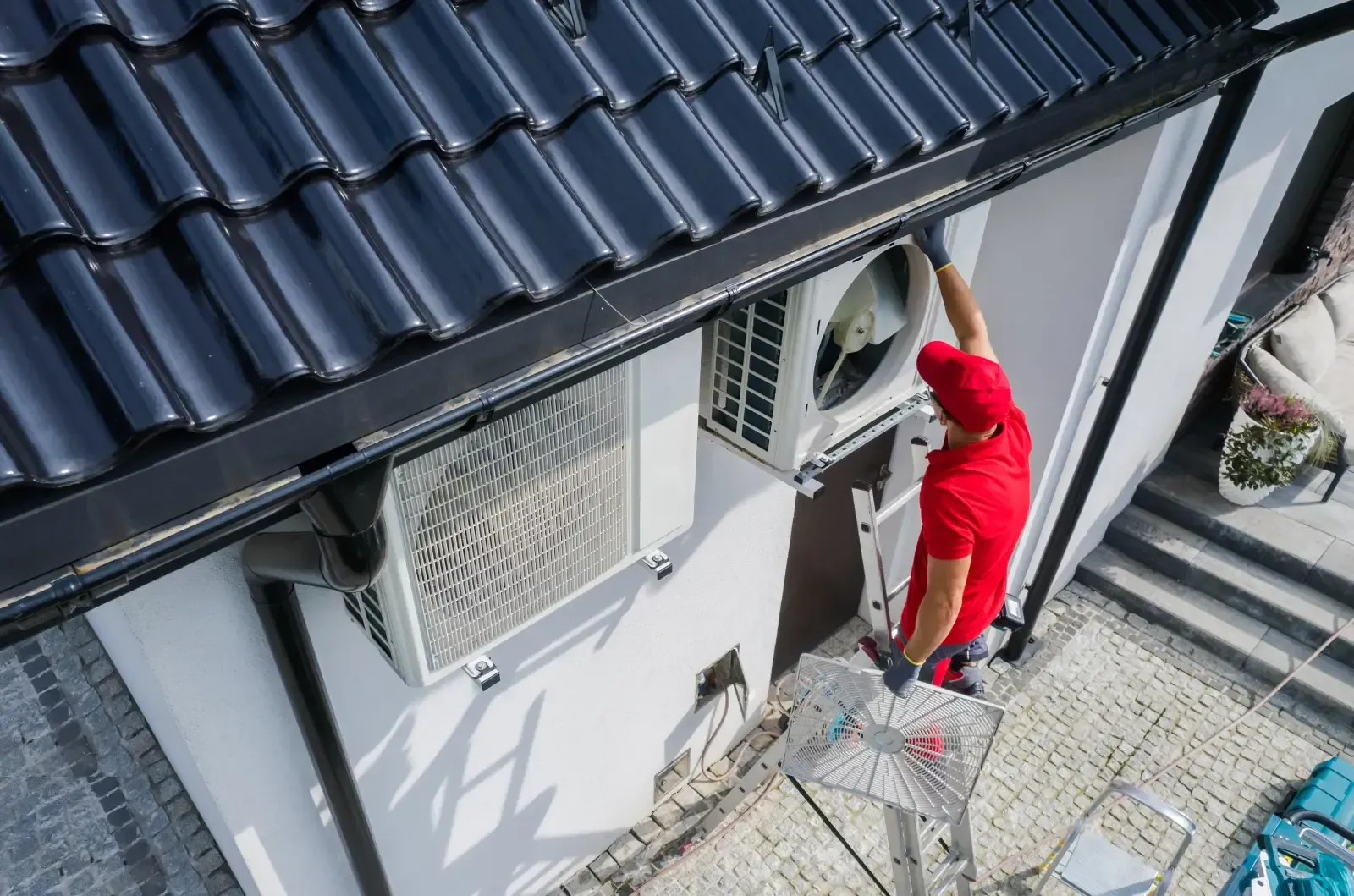
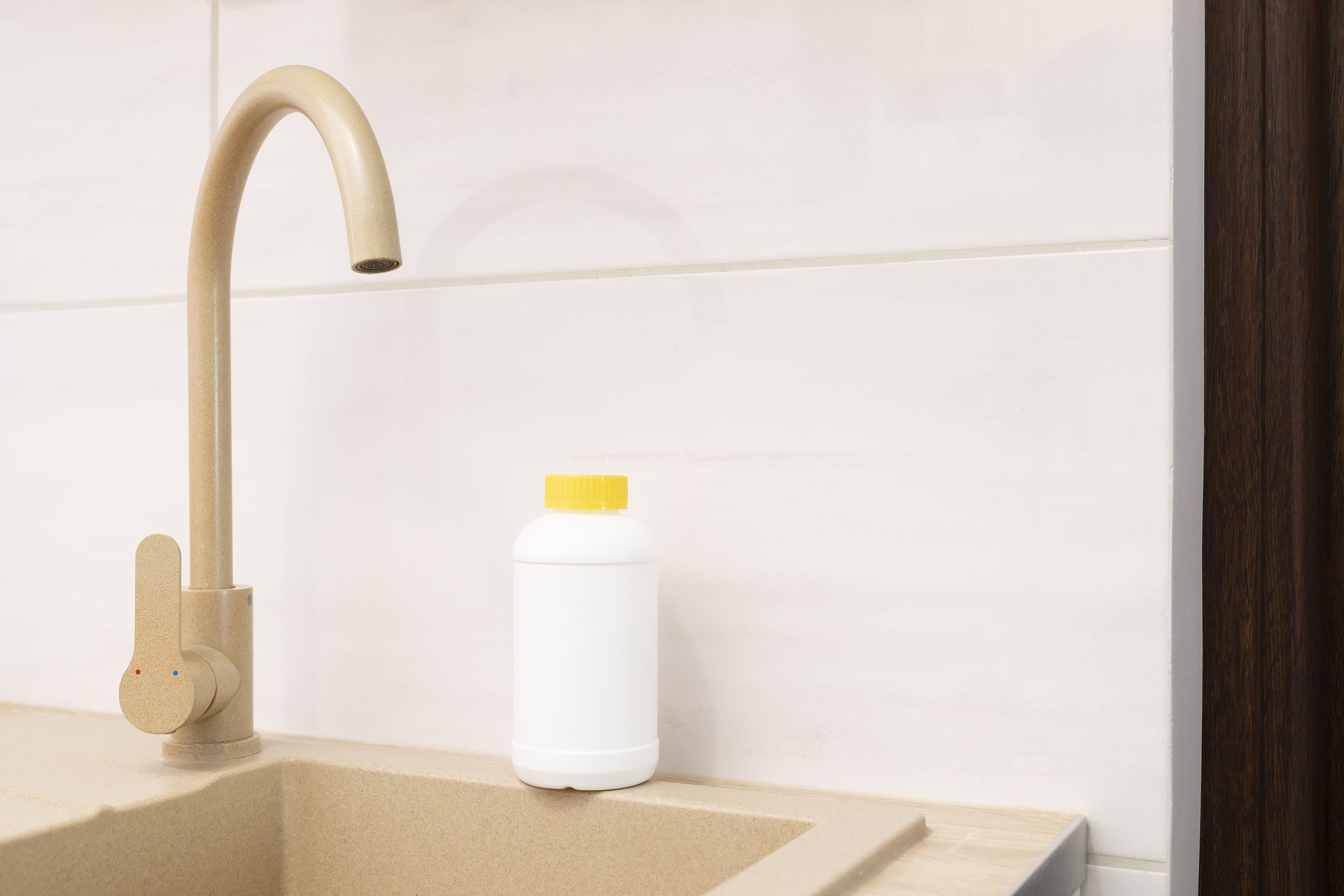
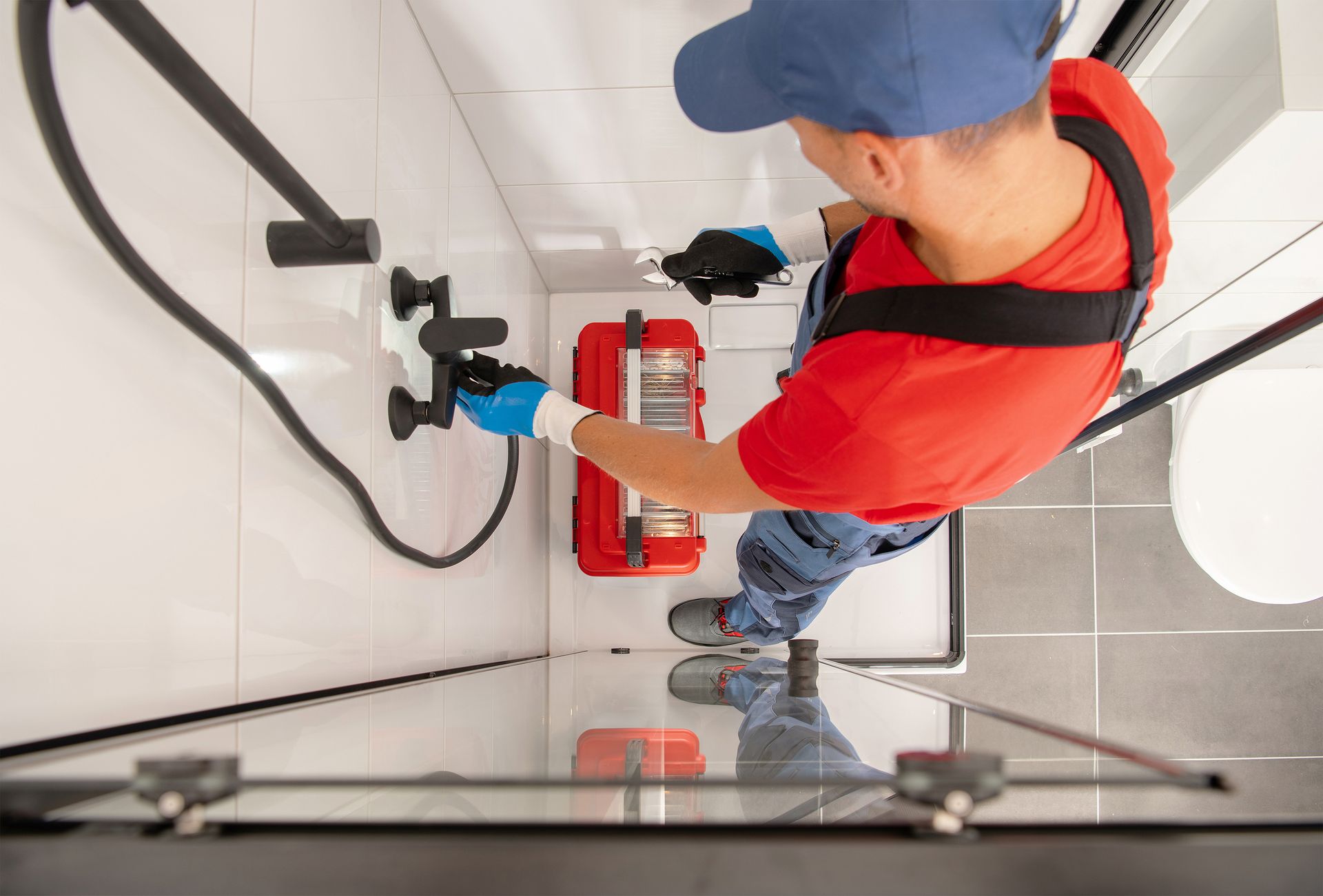
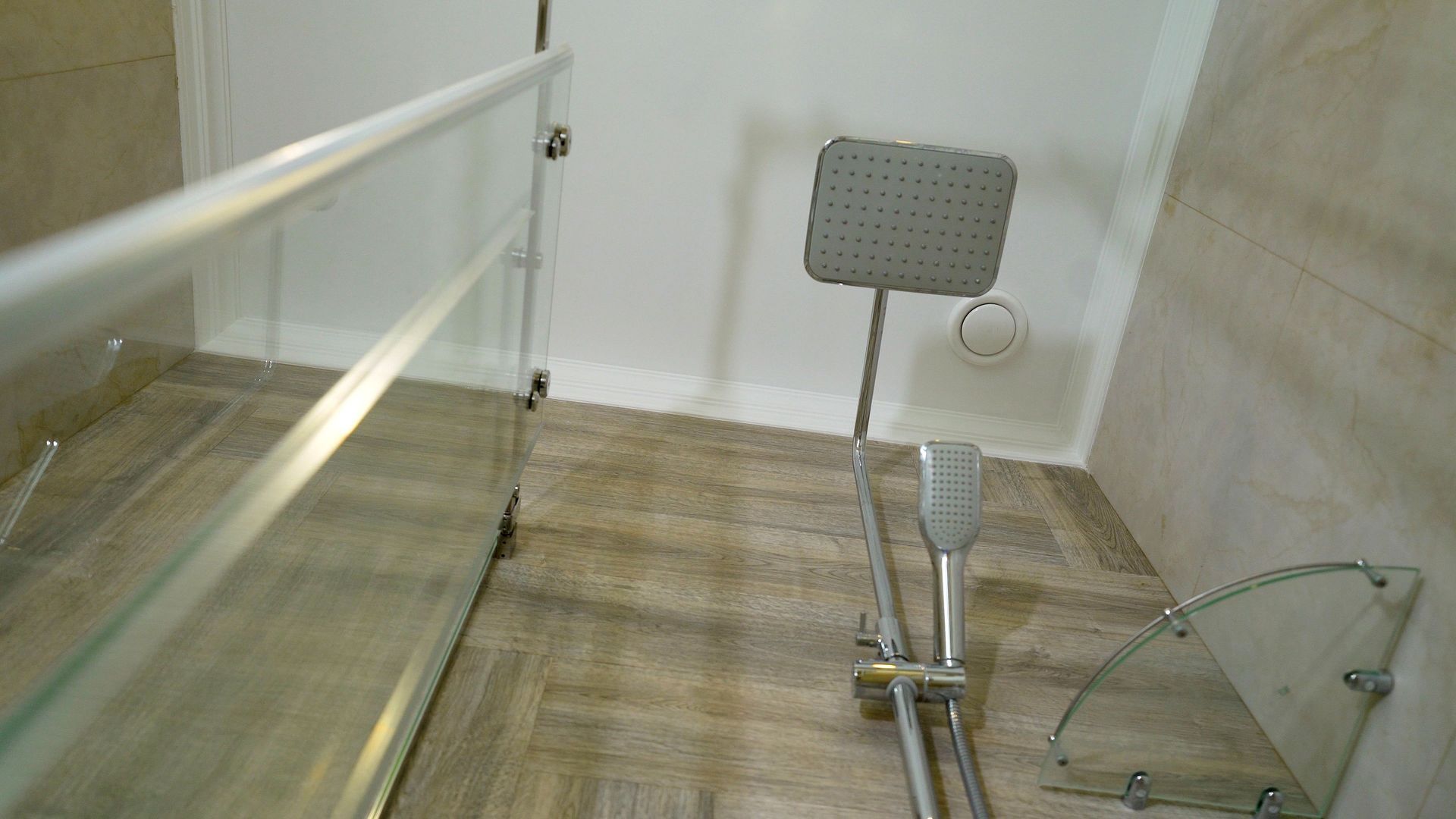
Share On: